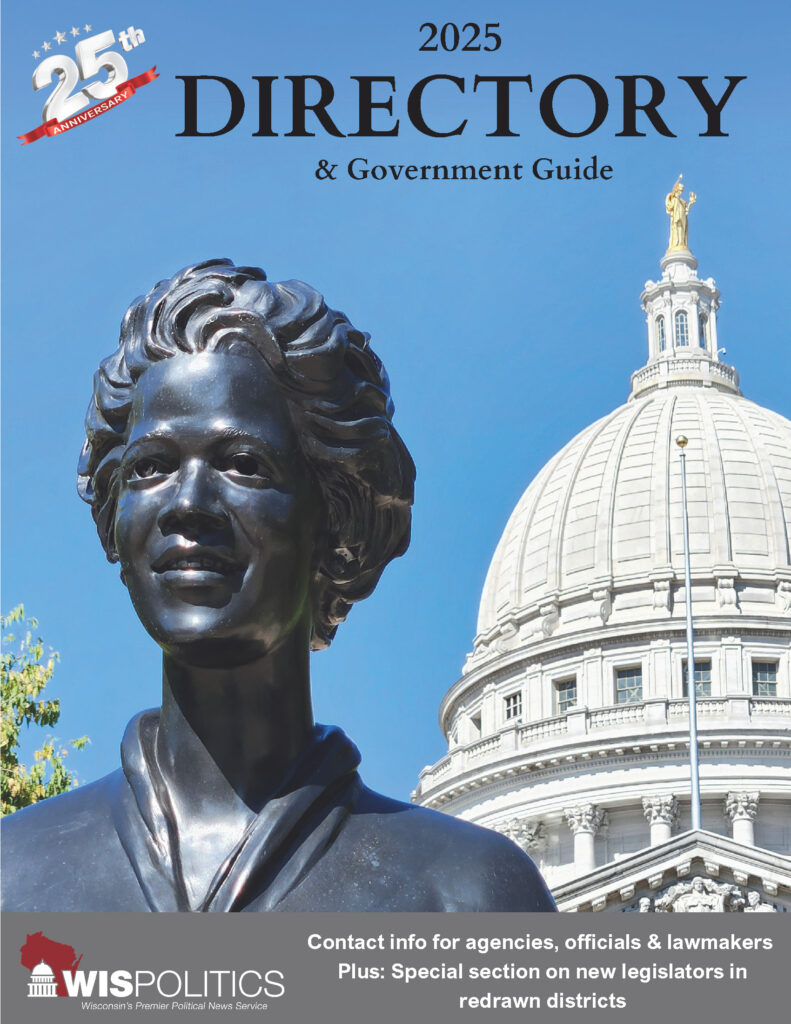WASHINGTON, D.C. – Today, U.S. Representative Mark Pocan (WI-02) testified in front of the House Education and Workforce Subcommittee on Early Childhood, Elementary, and Secondary Education as part of the subcommittee’s hearing titled “School Choice: Expanding Educational Freedom for All”
Click here to watch the remarks and find the transcript below.
Rep. Mark Pocan
April 18, 2023
Testimony for hearing on “School Choice: Expanding Educational Freedom for All”
Remarks as Delivered
Chairman Bean and Ranking Member Bonamici,
I appreciate the chance to testify before today’s subcommittee hearing.
The title of today’s hearing, “School Choice: Expanding Educational Freedom for All,” is somewhat ironic, because the data on school choice shows that these programs drain resources from public schools to fund private and religious schools which aren’t held to the same educational standards nor are subject to many of the anti-discrimination laws that protect LGBTQ+ students, students with disabilities, and students of color.
I served for 14 years in the Wisconsin State Legislature during the one of the first in the nation school voucher experiments, and I’m glad to share some of the findings.
Vouchers Fund Students Already Attending Private School, Not Low-Income Kids
Let’s be clear – voucher programs overwhelmingly subsidize kids who were already in private school. In Wisconsin, more than 70-80 percent of vouchers go to kids already in private school.
Wisconsin’s program started with 511 students in the 2013-14 school year and now has an enrollment of over 17,000 students, and each year the program has consistently enrolled more students from private schools than from public schools.
Cutting their resources to subsidize kids attending private schools that their parents can already afford is not about education, it’s really about tax breaks.
Vouchers Don’t Save Taxpayer Dollars and Drain Funds from Public Schools
Additionally, these programs do not save taxpayer dollars. The costs of Wisconsin’s statewide voucher program have grown from just over $3 million in 2013 to over $98 million less than a decade later. Wisconsin is effectively funding two separate school systems—one public, one private—out of limited state education funds. This puts a heavy financial burden on public schools and on taxpayers who have to foot the bill.
My Republican colleagues also often talk about their support for rural communities, but voucher programs hit rural schools particularly hard and put these communities at risk. I live in a rural community of 830 people myself. Rural communities can’t afford to lose their public schools because of unaccountable voucher programs.
Vouchers Don’t Improve Academic Achievement
These programs also fail to improve academic achievement for students.
Studies have shown that Milwaukee students using vouchers to attend private schools performed no better on standardized tests than their public-school counterparts, and that the Milwaukee voucher program had no effect on students’ likelihood of graduating college.
Many voucher schools also shut down with little warning, abruptly forcing students to move to public schools and without returning a dime of public funding. One study shows that 41 percent of all private voucher schools operating in Milwaukee between 1991 and 2015 failed.
Research also shows that academic outcomes tend to improve for students who choose to leave their voucher school for a public school.
Voucher Schools Lack Accountability and Oversight
Finally, for my colleagues who love to talk about accountability for federal spending, it’s worth noting that these “school choice” programs have zero accountability to taxpayers.
When Wisconsin first started the voucher program, the standards were incredibly loose. There was a school that used their government funds to lease Cadillacs. Another school that received funds was run by someone who said they could read a book by simply placing their hand on it.
While eventually the standards improved, voucher schools are not subject to the same requirements and oversight as public schools, meaning there is little to protect taxpayers from these types of abuses.
Conclusion
It’s clear that public funds belong in public schools, which serve all students, regardless of whether they have special needs or their economic situation. The data shows that voucher programs lack basic oversight measures, sometimes fund discrimination, and fail to improve academic achievement for the students that participate.
Our nation’s public schools are already resource-starved, struggling to fund livable salaries for teachers, basic infrastructure upgrades, or manageable classroom sizes. We need to invest in them for better results.
Thank you again for the opportunity to speak today, and I yield back.


